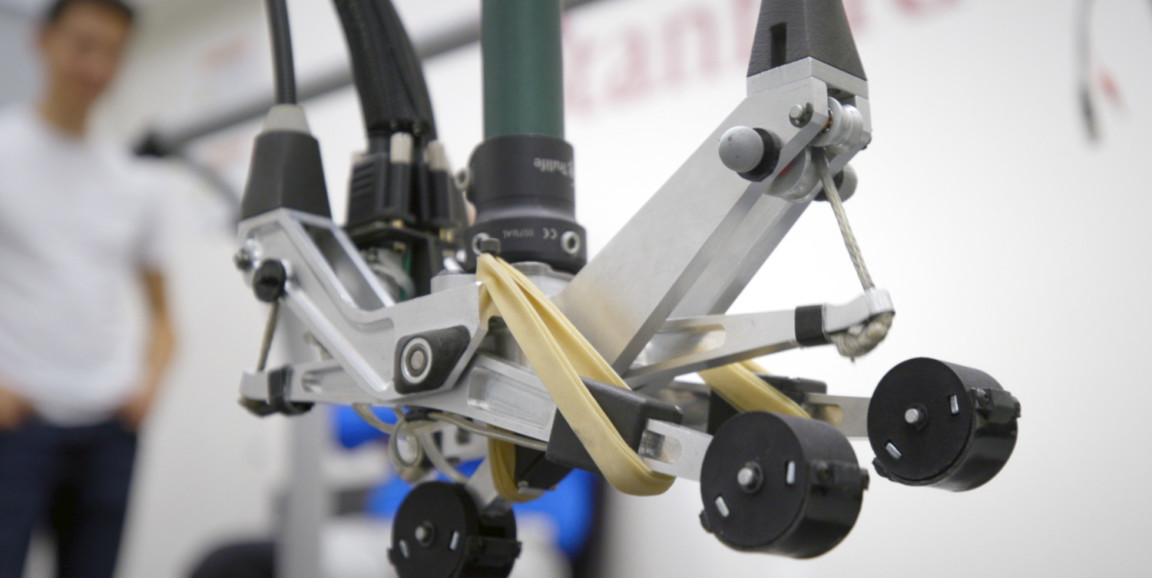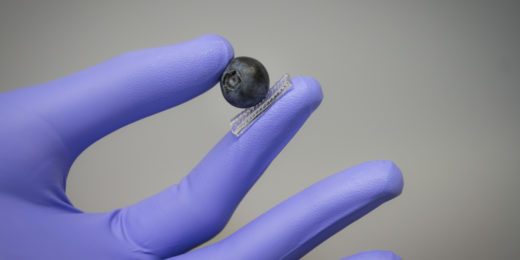Prosthetic legs have come a long way from antiquity, when various peg-leg protrusions were strapped on to whatever remained of a person's leg. Today, prostheses are custom made, fit to each person and made of carbon fiber. There are articulated legs for general walking and there are sporty legs built for running. Yet there is one thing they are not good at: rough ground, like the sort one might find on a hiking trail.
Part of the reason: designing prostheses is, like a lot of mechanical engineering tasks, a laborious trial-and-error process. First you design a leg. Then you optimize the design. Then you build a prototype and test it in a lab. Repeat. Eventually, test it out with real people. Repeat. It can take years, and at the end of that time, engineers might have accomplished nothing.
But there is another way. In a story for Stanford News, I describe how mechanical engineer Steve Collins, PhD; graduate student Vincent Chiu; and postdoctoral fellow Alexandra Voloshina, PhD, used what's called a prosthetic emulator to design a new kind of prosthetic foot:
Rather than building a prosthetic limb someone could test in the real world, the team instead built a basic tripod foot, then hooked it up to powerful off-board motors and computer systems that control how the foot responds as a user moves over all kinds of terrain.
In doing so, the team can put their design focus on how the prosthesis should function -- how hard one toe should push off while walking, how springy the heel should be and so forth -- without having to worry about how to make the device lightweight and inexpensive at the same time.
A Stanford News video explains the work:
The prosthetic leg itself is a tripod design which can respond to rough ground by actively shifting pressure between its three contact points. Early tests, Collins said, look good, and now, the goal is "translate what we find in the lab into lightweight and low power and therefore inexpensive devices that can be tested outside the lab," Collins said. "And if that goes well, we'd like to help make this a product that people can use in everyday life."
Image by Kurt Hickman






